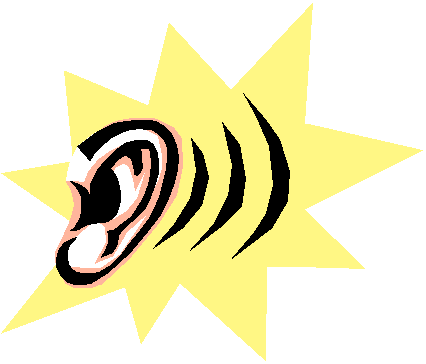

Lauri E. Driggs
Violin Studio
Practice Tips and Helps
HOW TO PRACTICE
by Michiko Yurko

1. Listen to Yourself
Listen to yourself as you play. You are creating music and music is sound. Listen to yourself and each day try to sound more musical.


2. Listen to a Role Model
Listen to a fine role model on CD. Listen to a good recording on CD or YouTube every day to help you know how the piece can sound when it’s learned. Make a CD with the pieces you are learning repeated over and over on both sides.
Don’t worry about becoming a copy of the recording...you won’t - everyone is different and expresses music in their own way. Play this recorded music as soft background music while you’re in your room getting ready for the day, playing, eating meals, riding in the car, and falling asleep at night. It will help you play better, and learn incredibly faster. Promise.

3. Only Right
Wrong notes, fingerings, bowings, and rhythms may be hard to change. Your brain is so smart that it remembers every note you learn...the right and the wrong. If you play wrong notes more than a couple of times, your brain begins to think those wrong notes are the right notes and will actually try to keep them in your piece.
Instead, try to learn only the correct notes, fingerings, bowings, phrasings and dynamics. Whatever you learn correctly from the beginning is like gold!
Practice small parts of your piece rather than the whole thing so your memory will develop quicker and your piece will improve faster.

4. Bit by Bit
If you try to learn too much at once, your brain gets overloaded, can’t remember it all, and sort of shuts down. However, if you learn just the amount that’s simple to remember and practice until it’s really easy, the brain relaxes and the music becomes part of you. You will begin to play with ease.
This helps develop “muscle memory”; your fingers seem to remember on their own. Muscle memory is great - as long as your brain, ears, and eyes are remembering too.

5. Study the Music
Each detail is important. Study the music carefully and take all the time necessary to master every point. If it’s written in the music, try to do it. Some parts of your piece will be easy to learn. Other parts will be tricky. Play just a few notes from these tricky parts slowly over and over for 15 to 25 times. It will take you less than 1 minute and make a big difference. Try it and you’ll see how well it works.

6. Posture and Position
Always use the posture your teacher has taught you. This will help your body do its best and not get tired. Also, watch your hand position and bow hold so you can use the muscles in your hand naturally.

7. STOP-PREPARE-PLAY
Rather than playing so fast that you stumble over your notes, stop before a note or shift or bowing you might miss. While the note is still sounding, think about what you’re about to play next. Prepare your fingers and then play the note correctly. As you practice this section over and over your brain will soon remember the correct note, or shift or bowing easily. Stopping to prepare is not ever considered a mistake. Continue listening to your recording and it will help you master the tricky places faster so the stop you needed will disappear.

8. Control Your Speed
Don’t get discouraged if you miss notes. Try it again, but slow down first. Driving a car too fast can cause accidents and so can playing too fast.

9. Practice Don’t Perform
Remember to use your time to practice, not to perform. Practice is trying small parts - performing is playing the whole piece as if there were an imaginary audience listening to you. That will come later!

10. Perfect practice makes perfect
Perfect practicing makes for perfect playing. Wrong notes are kind of like weeds in a garden. If you want only flowers to bloom, then keep after those weeds. A wise musician once said: Don’t just practice until you get it right. Practice until you cannot get it wrong.

PRACTICE DAILY WITH FOCUS. THERE IS NO OTHER WAY